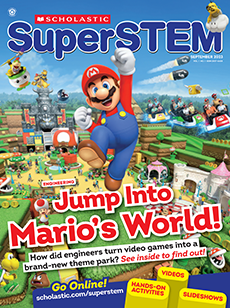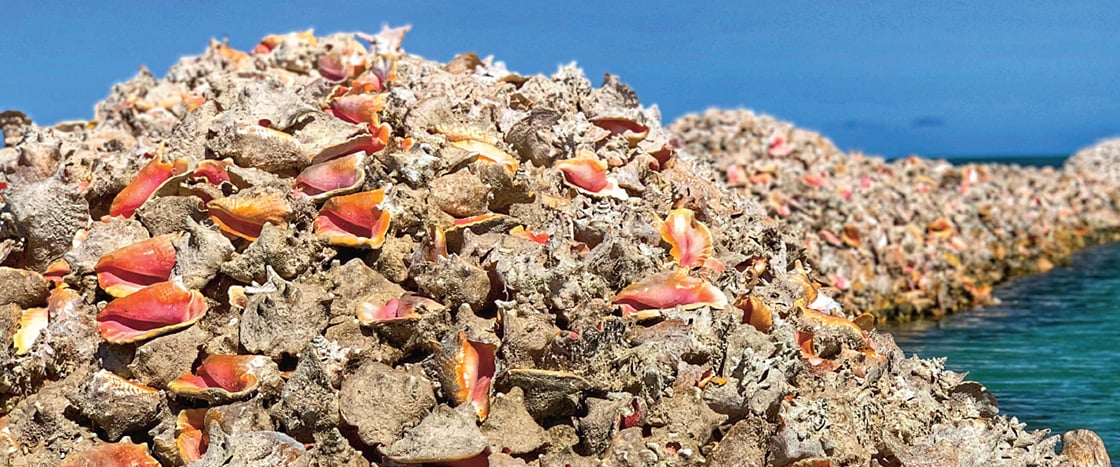When people in the Bahamas have a celebration, queen conch (pronounced konk) is usually on the menu. This giant sea snail lives in the waters around the island nation. “It’s just not an event without conch,” says Agnessa Lundy. She’s an ocean scientist based in the Bahamas who has studied the animals.
People in the Bahamas have enjoyed dishes like conch salad and conch fritters for generations. Conch is popular with tourists who visit too. That makes conch fishing important for the local economy. Thousands of people make their living gathering the snails.
But in recent decades, conch numbers have dropped dramatically. Giant piles of empty shells line the shores of the islands. “As the population of the Bahamas has grown, demand for conch has grown too,” says Lundy. If nothing changes, both the snails and the fishers who rely on them could be in trouble.
There’s a type of seafood served at most parties in the Bahamas. It’s queen conch (pronounced konk). It’s a giant sea snail. It lives in the waters around the island nation. “It’s just not an event without conch,” says Agnessa Lundy. She’s an ocean scientist in the Bahamas. She has studied conch.
People in the Bahamas have long enjoyed conch dishes. They include conch salad and conch fritters. Conch is popular with tourists too. That makes conch fishing important for locals. Thousands of people make their living catching the snails.
But conch numbers have fallen in recent decades. There are giant piles of empty shells. They line the islands’ shores. “As the population of the Bahamas has grown, demand for conch has grown too,” says Lundy. Something needs to change. If not, both the snails and the fishers who rely on them could be in trouble.

